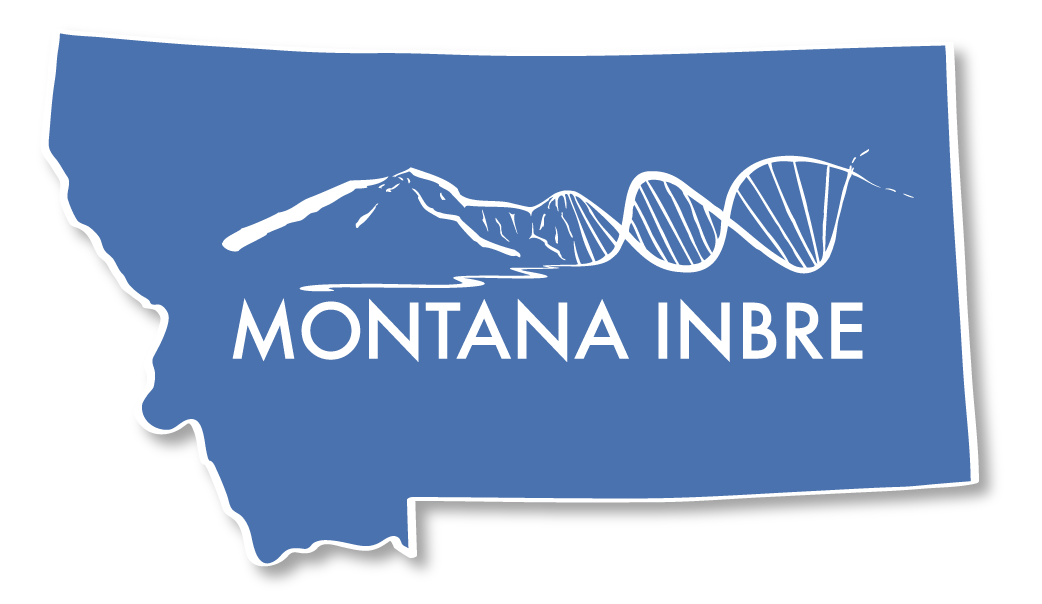Antiobiotic Potential of Bryophytes, Lichens, and Pteridophytes in Northwest Montana
Mirabai McCarthy | Flathead Valley Community College
mmccarthy@fvcc.edu
Project Summary

The growing crisis of infections due to antibiotic-resistant organisms poses a huge threat to human health, and creates a need for antibiotic discovery. Lichen, fungi, and plants hold promise as potential sources for new antimicrobial compounds, and represent an opportunity for discovery of novel chemical structures. This project will focus on collecting lichen, fungi, and plant specimens in northwest Montana, with the aim of collecting species that have been used historically by indigenous people to treat microbial infections. These species will be prepared for extraction using various solvents, and tested for antibiotic activity using disk-diffusion assays.
Widespread overuse of antibiotics in the medical and agricultural communities has resulted in extensive antibiotic resistance at the global level and poses an immense threat to human health (R. Laxminarayan et al., 2013). The most commonly used antibiotics are synthesized from fungi and bacteria, yet other organisms such as lichen (G. Shestha, 2014), bryophytes (mosses and liverworts) (R. Mishra et al., 2014), pteridophytes (ferns and fern-allies) (Morais-Braga et al., 2012, A. Mandal et al., 2011) and angiosperms (R. Vajravelu, 2009) have sparked scientific interest because of their promise in yielding antimicrobial compounds. Approximately 30-50% of perscription drugs are derived from plants (Anand et. Al, 2019), yet none are used as antibiotics (M. Cowan, 1999), and only a small fraction of species has been scientifically tested. For example, less than 5% of bryophyte species worldwide have been tested for antibiotic activity (Nikolajeva et al., 2012). The overarching goal of this research is to determine which locally occurring lichen, fungi, and plant species have the potential to be utilized as sources for antibiotics against various pathogenic bacteria. This research will focus the majority of our continued collecting, and antibiotic testing on fungi, lichen and plants that have been used traditionally to treat antibacterial and antifungal infections by indigenous people of this region, or on species that have not been previously scientifically tested for antibiotic activity.
Project Aims
- Collect, identify, and preserve lichen, fungi and plant specimens from NW Montana
- Conduct a broad literature review of locally occurring plant & lichen species that have been used traditionally to treat antibacterial/antimicrobial infections
- Determine the optimum extraction method for selected samples
- Measure the antibiotic potential of lichen, fungi, and plant species against representative Gram-positive and Gram-negative bacteria in disk-diffusion assays
- Produce a lichen field guide to species that occur in and around the Flathead Valley
- Provide an opportunity for undergraduate students in a community college to participate in field and laboratory research

